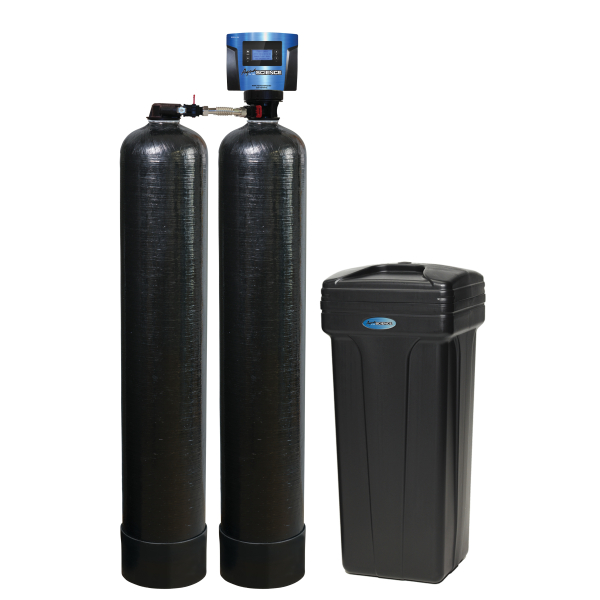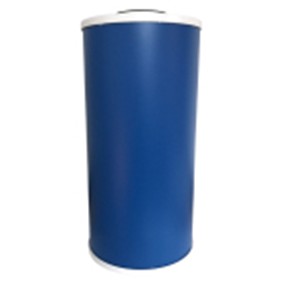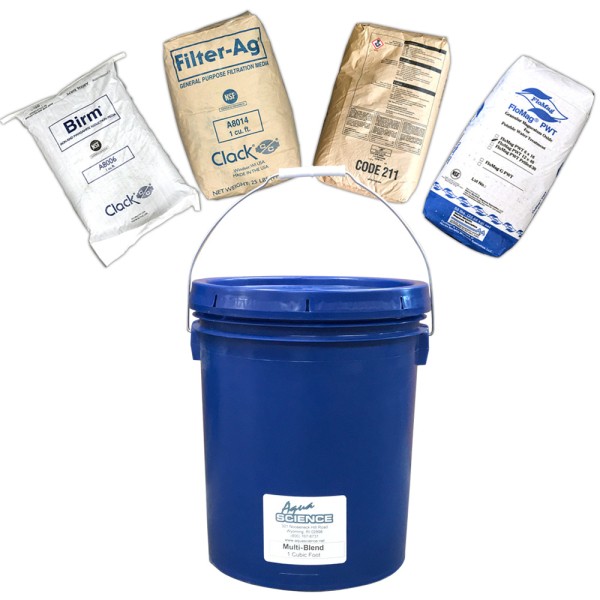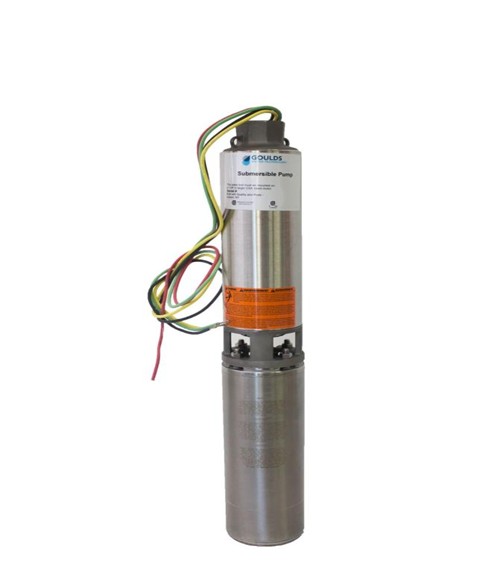
The article highlights concerns about the quality of municipal drinking water, stating that chlorine in tap water can increase susceptibility to gallbladder and rectal cancer, skin allergies, asthma, and sinusitis. The New York Times investigation found that American water can cause rashes, skin burns, eroded tooth enamel, and contains toxic chemicals like arsenic, lead, and barium. Additionally, data from the EPA revealed violations of the Safe Drinking Water Act in schools.
It discusses the importance of clean water, given the human body's composition being 70% water. The article then delves into the three main methods of obtaining drinking water at home: tap water, bottled water, and filtered water. It introduces reverse osmosis as a solution, explaining its process of removing contaminants, improving taste, and its applications in various industries.
The piece emphasizes the financial savings of reverse osmosis compared to buying bottled water regularly. It also mentions the importance of considering the damage unfiltered water can cause to pipes and appliances, advocating for advanced filtration systems and water softeners.
Regarding bottled water, the article argues against its ongoing expense and environmental impact, suggesting that reverse osmosis is a more cost-effective and environmentally friendly option. It also touches on the issue of hard water, which can harm plumbing and appliances, recommending testing and investing in a suitable water softener.
In conclusion, the article advocates for using reverse osmosis systems and water softeners to transform tap water into clean, pure drinking water, ensuring health and the longevity of home infrastructure.








Validate your login